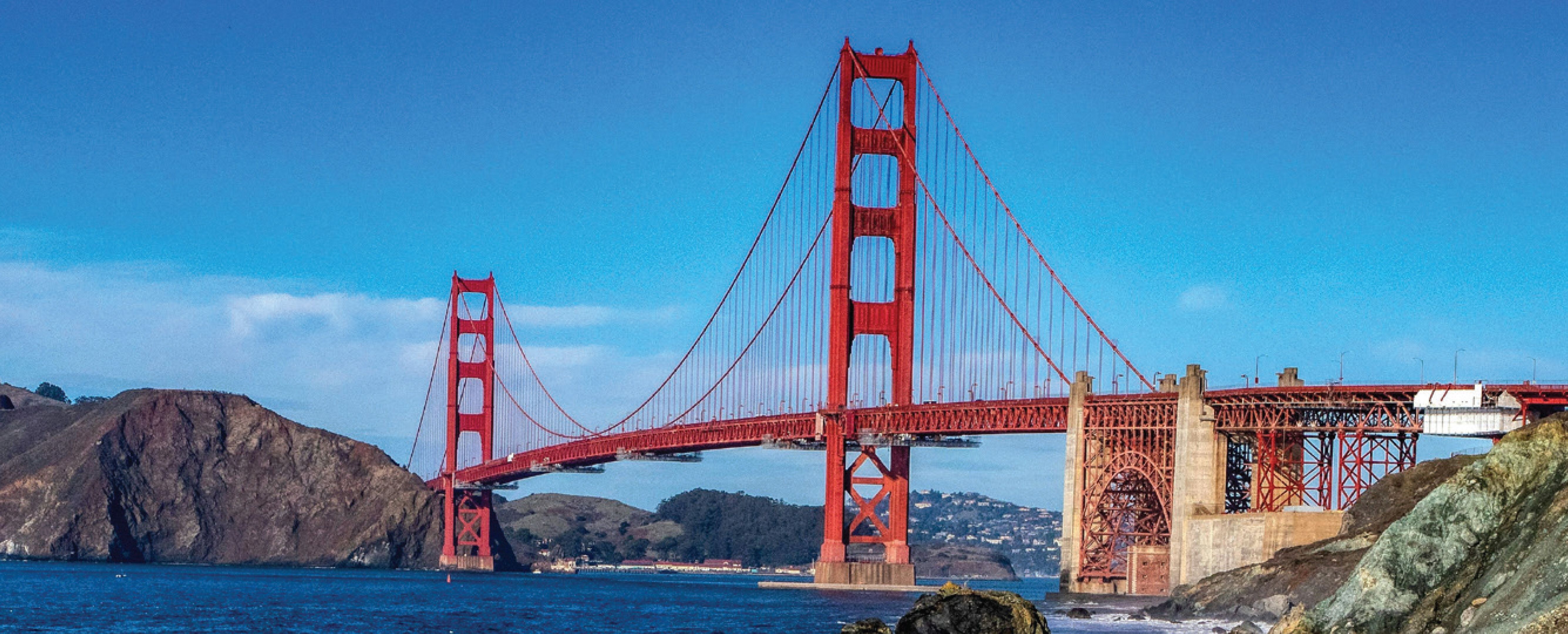File Types And Formats
Need to know more about the different file types used in design and print? Not sure which file format you should send? Have questions about what to include when sending in your order? Start here with this primer on the various files types and formats used in design and print.
File Types
When working with images and graphics, there are two types:
Raster Images
Pixel-based images. Commonly used for photos and artwork. Image-editing software, such as Photoshop, works with raster images.
File formats include .jpg (.jpeg), .png, .tiff, .psd (Adobe Photoshop), .HEIC
Vector Images
These are images consisting of shapes made of points, lines, curves, and polygons that rely on mathematical coordinates. There is no resolution involved in vector graphics, so they are nearly infinitely scalable to as small or large as needed (with some limitations, depending on how they are designed).
File formats include .eps, .svg, .pdf (when exported directly from a vector graphics program), .ai (Adobe Illustrator)
Some files contain both raster and vector images and are usually exported from a vector graphics program, such as Adobe Illustrator, which can handle both raster and vector images. Image editing programs such as Photoshops convert vector images to raster. PDFs and vector file formats such as .ai, .eps, and .svg are the only file formats that can contain raster images. Raster image files, such as .jpg and .png, cannot contain vector images.
Acceptable File Formats
PDF
Our preferred file format. PDFs can contain both vector and raster images. Any raster images should be at least 300dpi. Dimensions of your file should be at least as big, if not bigger, than your final print size. Please export using the following presents: Press-Quality or, if exporting from Adobe Illustrator, Illustrator Default. Single page per print/side - please do not multi-up your print or provide reader spreads (for books).
Raster-based files, such as .jpg, .png, and .tiff should be at least 300dpi and at least as big in dimension as the final print size if not bigger.
Example for an 8"x10" print:
A photo that is 8"x10" at 300dpi can be printed with great quality at 8"x10" or smaller. Anything bigger will result in exponentially decreased resolution and quality.
InDesign and Illustrator Files (.indd and .ai)
Please do not send .indd or .ai as solo files unless they do not contain any linked files or user-installed fonts. Please go to File>Package... to package the file. This will ensure that all linked files, such as images and fonts, are included. If you send solo .indd or .ai files we may have problems using them and will need to contact you to obtain any missing links.
Vector Files (.ai, .eps, .svg, .pdf)
Great for sending sending logos or any files designed in a vector program like Adobe Illustrator. If sending PDFs, please save as either Illustrator Default (easier to edit, if needed) or Press Quality (harder to edit, but not impossible).
For more details about how these file formats work, please visit our File Glossary & Tips page.
Raster Files (.jpg, .png, .tiff, .pdf)
Great for artwork. Each format has their advantages and drawbacks. If your design file has text layers, it's best to export as a PDF. Please save as Press Quality.
For more details on how these file formats work, please visit our File Glossary & Tips page.







